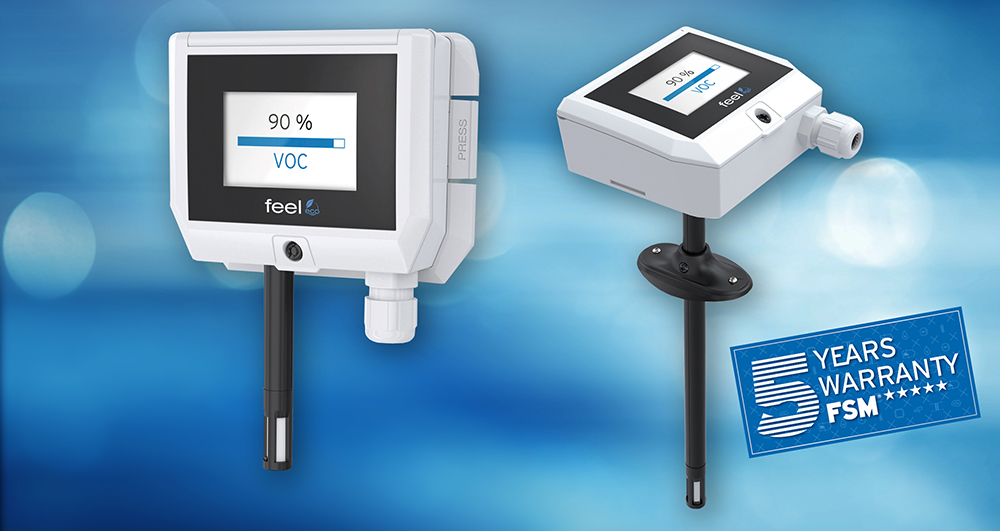VOC ( AQI-Index) Transmitter | feel FV Manufacturers, Gujarat, India
VOC AQI Transmitter
VOC ( AQI-Index) Transmitter | feel FV

WHY ARE VOCs MEASURED?
The abbreviation VOC stands for Volatile Organic Compunds and refers to a group of volatile organic components. The umbrella term VOC describes gaseous and vaporous substances of organic origin in the air. These include, for example, hydrocarbons, alcohols, aldehydes and organic acids. Since VOCs consist of several gases and vapors, their sources are also very different in nature. For example, VOCs in outdoor air are produced by biodegradation processes or substance combustion. Indoors, VOCs can vaporize from building materials, such as flooring, paint, furniture, adhesives, or cleaning materials. Inhalation of these gases and vapors can cause odor nuisance, irritation and, in extreme cases, carcinogenic, mutagenic and reproductive toxicity. To minimize these adverse health effects, VOCs are measured and controlled via special VOC transmitters.
Specifications:
Measurement Range (VOC – AQI Index) |
switchable between: 0 … 500 VOC-Index | 0 … 375 VOC-Index | 0 … 250 VOC-Index | 0 … 100 VOC-Index |
Overall accuracies |
± 15 % FS |
Repeatability |
± 5 % FS |
Sensitivity |
> 50 ppm |
Supply voltage |
22 … 27 VAC (50 Hz) / 19…31 VDC |
Output signal |
switchable 0-10 V | 2-10 V | 4-20 mA | 0-20 mA |
Display |
2.8“-TFT-Display (optional) |
Mounting |
Snap-in-frame or duct mounting |
Options |
Switching outputs | Auto-Zero | Modbus RS485 | Bluetooth |
